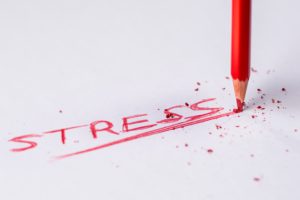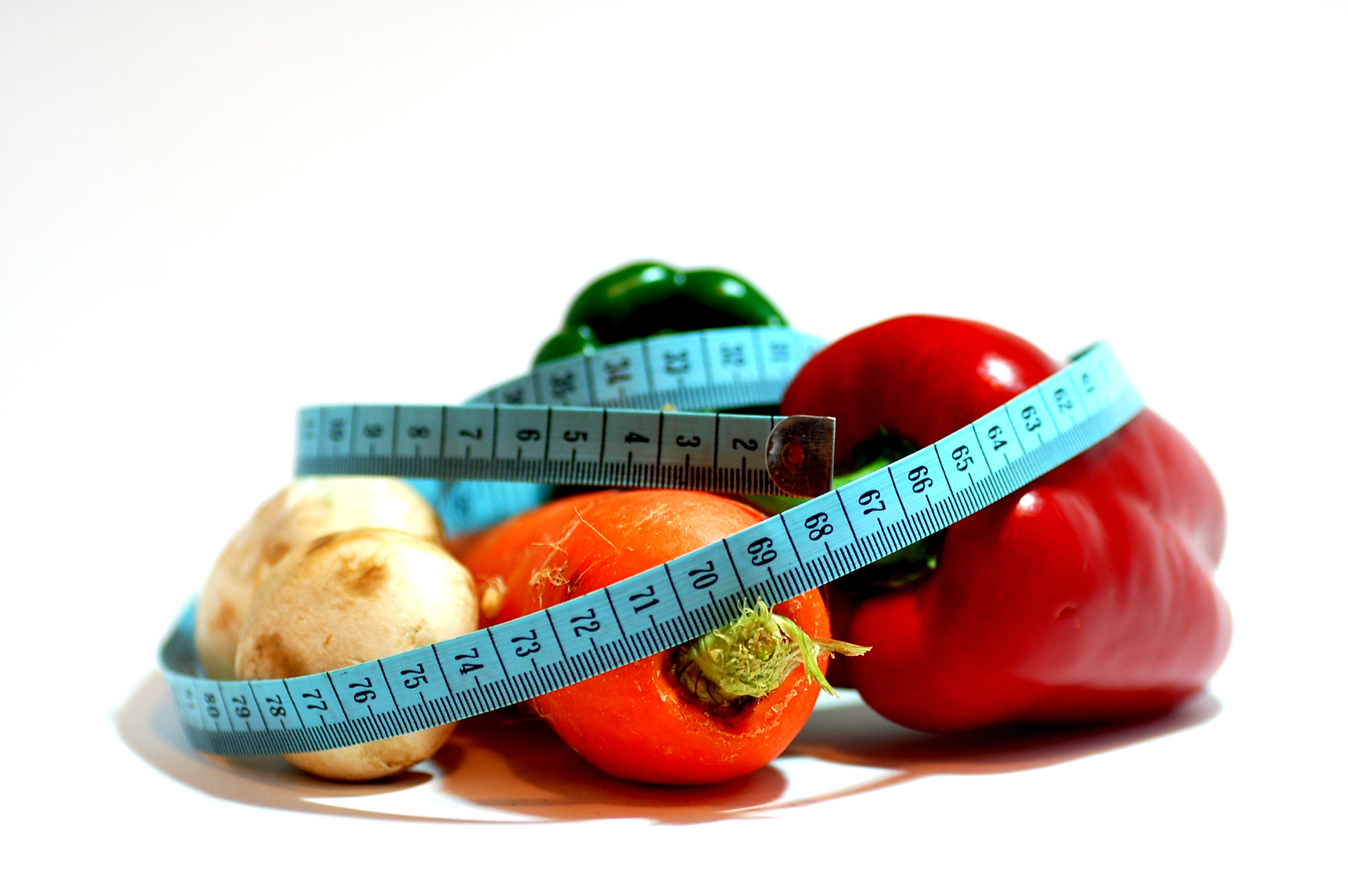Let’s talk about “fat burn”. What are the benefits of sustaining a healthy body fat percentage? And how to burn fat safely and effectively?
Note that losing weight and burning fat are different things. This post is not about a ‘quick fix’ to getting rid of excess body weight. There may be a relation between body fat and weight management, but there are several other, just as important reasons why burning fat can be beneficial.
 Fat Burn
Fat Burn
Fat burn or fat oxidation means the breakdown of fat in our bodies. If you intend to reduce the amount of fat stored in your body, it’s good to learn how to burn fat in different ways. We can burn fat through exercise, the consumption of certain foods, or even through more sleep or shivering because we are cold.
 Weight loss
Weight loss
People who have lost weight quickly due to very restrictive diets and overdoing it in the gym are very likely to gain back all (or more) of the weight they lost. It’s not sustainable.
Note that burning fat is not the same as losing weight. Muscle tissue weighs more than fat and increases overall health. Fat weighs less, but high amounts of fat can lead to health problems.
 Fat, Carbs, and Proteins
Fat, Carbs, and Proteins
You get your energy from fat, carbohydrates, and protein. Which one your body draws from for energy depends on the kind of activity you’re doing. The ratio of which fuels are utilized will shift depending on your activity. The body primarily uses fat and carbohydrates for fuel. A small amount of protein is used during exercise, but it’s mainly used to repair the muscles after exercise.
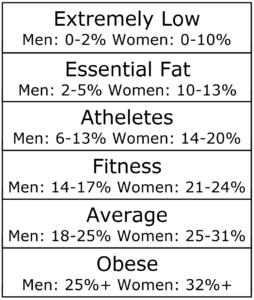 Body fat guidelines
Body fat guidelines
Your body stores calories as fat to keep you alive and safe. Based on gender, age, and activity level there are guidelines for a healthy range of body fat percentages.
For men, body fat guidelines state that 2% to 5% body fat is essential, 2% to 24% body fat is considered healthy and more than 25% body fat classifies as obese. For women, 10% to 13% body fat is essential, 10% to 31% body fat is considered healthy and more than 32% body fat classifies as obese.
 Assessing body composition
Assessing body composition
Although there are several methods, skinfold calipers are often used to offer a relatively accurate and quick, affordable way to measure body composition. With this method, a trained professional can take the measurements and calculate your body fat percentage.
 Benefits of healthy body fat percentage
Benefits of healthy body fat percentage
If your body fat percentage exceeds the healthy range, reducing some body fat could be a positive step toward better health, especially if you concurrently have elevated cholesterol and triglyceride levels. The benefits of a healthy body fat percentage are:
- Lower risk of weight-related diseases, like Type II diabetes.
- More favorable body composition (this is the proportion of fat you have relative to the lean body tissue like muscles, bones, organs, and water stored in the body)
- Better brain function, mood, and increased energy
- More regulated appetite
 Safe and effective fat loss
Safe and effective fat loss
There are no magic pills or other quick fixes, but you can do several things to burn more fat. Safe and effective fat loss is a long-term endeavor.
 Exercise
Exercise
You can burn fat through all kinds of exercise, like running, brisk walking, strength training, and yoga. Some types of exercise burn fat more effectively. The intensity level of your workout and the duration of it impacts the amount of fat burned during and in the hours following. If you are exercising at a lower intensity, your body may switch on its fat-burning abilities to use as fuel instead of breaking down carbohydrates as an energy source for your movements.
Thermogenesis
Another term that is often described in relation to fat burn, is thermogenesis. It means using up energy (calories) and releasing it as heat. We know two types of thermogenesis: diet-induced thermogenesis and non-diet-related thermogenesis, such as shivering
 Diet-induced thermogenesis
Diet-induced thermogenesis
There is a direct impact of the things that we eat or drink on burning calories. Generally, thermogenesis can occur through our diet. This is called diet-induced thermogenesis. It means that there are some foods or nutrients that can actually increase the number of calories burned. Red chilis and black pepper are good examples.
 Shivering
Shivering
We also know non-diet-related thermogenesis which is stimulated by cold. Because your body will start shivering due to the low temperature, your muscles will boost your metabolism and burn calories.
 Activating brown fat
Activating brown fat
Thermogenesis through cold also activates the so-called brown fat, which stimulates the body to convert energy sources into heat. Brown fat is different than white fat because it is considered metabolically active like muscle. It can release heat and energy, and this is associated with weight loss, whereas white fat is typically just stored as body fat. Brown fat activation is a current hot topic in the areas of weight management, obesity, and metabolic syndrome. Taking cold showers or ice baths are well-known cold therapies.
 Green tea
Green tea
Substances found in green tea are reported to be strong antioxidants yielding various benefits to metabolism including fat-burning and energy-burn. Green tea is particularly exciting as it contains compounds that can have thermogenic effects: a polyphenol called catechin, and caffeine.
- Catechins in green tea may activate thermogenesis in brown fat and release heat through a breakdown of fat or glucose.
- Caffeine is a well-known stimulant and has been previously studied to have thermogenic effects and fat-burning abilities.
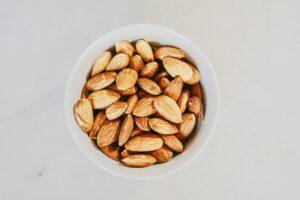 More good fats
More good fats
Instead of eating a low-fat diet, focus on eating beneficial “good” fats like polyunsaturated fats and limiting harmful “bad” fats like trans fats. Eating good fats (to be found in fatty fish, nuts, and avocados for example) slows down digestion, helps you to feel more satisfied after a meal, and keeps you longer satiated.
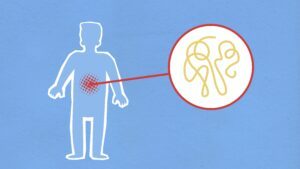 Healthy gut
Healthy gut
A healthy gut microbiome is a critical link in healthfully losing body fat and keeping it off. Eating naturally fermented foods like yogurt, kefir, pickles, sauerkraut, kimchi, kefir, and tempeh (fermented soy) populates the gut with healthful bacteria, which optimizes digestion.
No ultra-processed products and refined sugars
Ultra-Processed Foods (UPPs) are often loaded with unhealthy fats and huge amounts of added sugars and salt, which gives them taste and makes them addictive. It’s also very easy to overeat highly-processed, low-nutrient, pre-packaged foods like pastries, doughnuts, chips, and margarine.
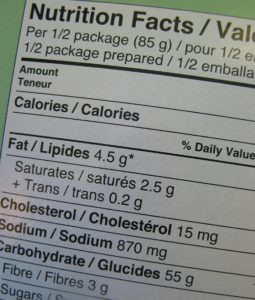 Read the labels
Read the labels
To minimize your intake of unhealthy fats or sugars, make a habit of checking the nutritional facts on the product’s labels or packaging.
 Sleep well
Sleep well
To burn fat it’s crucial to get enough good quality sleep. After a good night of sleep, our autonomic nervous system will put us in the “rest & digest” state. Our metabolic system will be activated and the food we had throughout the day will be digested.
- Cortisol – stress hormone
Lack of sleep will be noticed as stress which will cause a release of cortisol, our primary stress hormone. This will put our bodies in a state of “fight or flight”. Digestion of our food is on pause (or stays at a low level) until stress is reduced again. Cortisol is a major contributor to fat accumulation in the abdominal area.
- Leptin and Ghrelin – appetite hormones
Sleep deprivation also interferes with the two hormones that regulate appetite. They are called leptin and ghrelin and they work in conjunction. They’ll act to decrease or increase activities. Leptin provides the sensation of satiety (feeling full). Ghrelin is the “hunger hormone” that can signal to your brain that it’s time to eat. After a short night, you will be more likely to indulge in poor eating habits. On the next day, you probably feel like frequently snacking, have a sweet taste, and take larger meals.
 Burn fat to avoid a lack of energy
Burn fat to avoid a lack of energy
Whilst the rest of the body can use fats as a source of energy, our brain isn’t able to burn fats. The brain can only burn sugar to function. Even when we are asleep and or fully at rest, our brain will still need sugar. So when our blood sugar values drop because our bodies used up the sugars for other reasons, our brain will be the first to get into trouble. It will cause an energy dip. It will make you yawn, and you may even feel a bit dizzy or get a sudden appetite for sweet snacks.
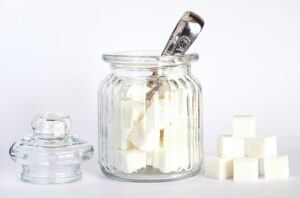 Sugar vs fat
Sugar vs fat
Fat and carbohydrates (stored as blood sugar) are our main energy sources. Burning sugar will very quickly produce a high amount of energy. Unfortunately, our blood sugar storage isn’t unlimited, it will be depleted relatively quickly. The amount of fat that we have is much bigger than sugar.
 When we burn fat, a lower amount of energy will be produced, but it will last much longer. You can see sugar burn as burning a dry piece of paper: as soon as you light it a big flame will appear, but the paper will turn to ashes pretty quickly. Burning fat can be compared with burning a candle: the flame will be small but the candle will last long.
When we burn fat, a lower amount of energy will be produced, but it will last much longer. You can see sugar burn as burning a dry piece of paper: as soon as you light it a big flame will appear, but the paper will turn to ashes pretty quickly. Burning fat can be compared with burning a candle: the flame will be small but the candle will last long.
 Brain function and mood
Brain function and mood
Burning fat will save blood sugars to sustain optimal brain function. Not only will that avoid energy dips, but we will also experience better focus, concentration, and creativity. And when we feel more energized, we usually find ourselves in a better mood too.
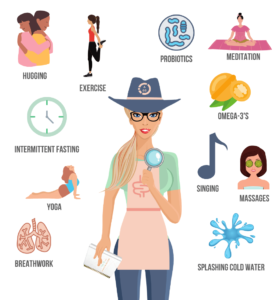 Teach our bodies to choose burning fat
Teach our bodies to choose burning fat
Every time we experience any form of stress, our bodies will switch to the easiest energy resource: sugar. Nowadays many stressors are part of everyday life. Stress in itself is not bad. But there are a lot of “unnecessary stressors” that we should try to minimize. This will avoid the waste of blood sugar and save it for our brain function.
We can “teach” our bodies to choose fat as their primary energy source. To reduce “unnecessary” physical and mental stress, we could for example eat less frequently (and avoid snacks), reduce sugar intake to keep our blood sugar more balanced, learn to breathe slower, relax more often, reduce screen time, and go to bed earlier to get enough sleep.
 Tina Turner, my favorite singer, sadly passed away two days ago. She’ll be forever in my heart and memories. I’d like to cheer you to sing along to her version of the song Disco Inferno. Let’s dance (and burn fat). “Burn Baby Burn!”
Tina Turner, my favorite singer, sadly passed away two days ago. She’ll be forever in my heart and memories. I’d like to cheer you to sing along to her version of the song Disco Inferno. Let’s dance (and burn fat). “Burn Baby Burn!”
Should you have any questions or remarks about this article, please contact me by EMAIL or leave your comment below.


